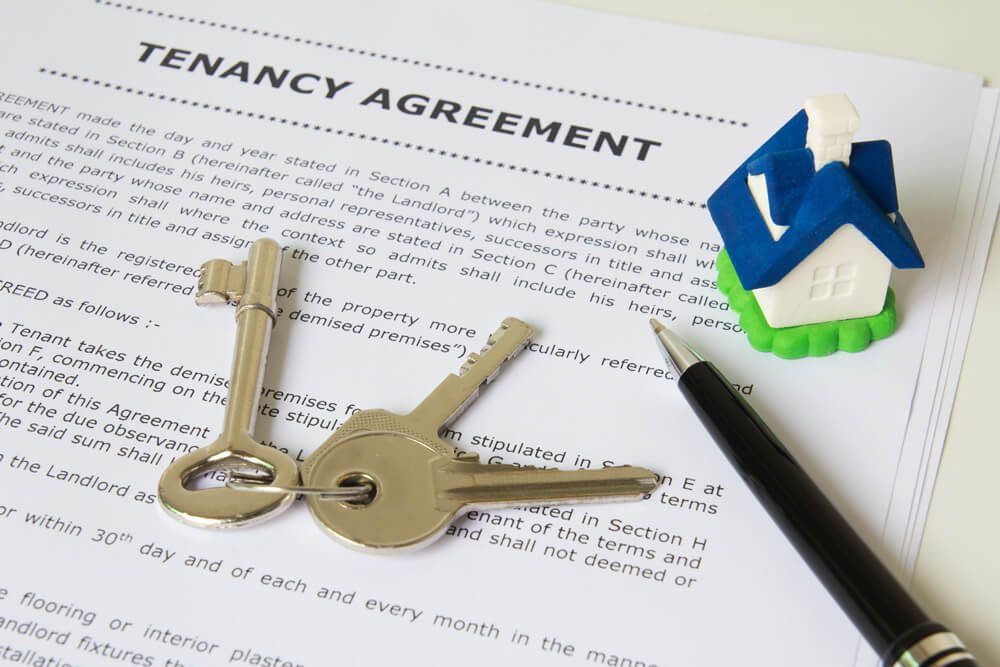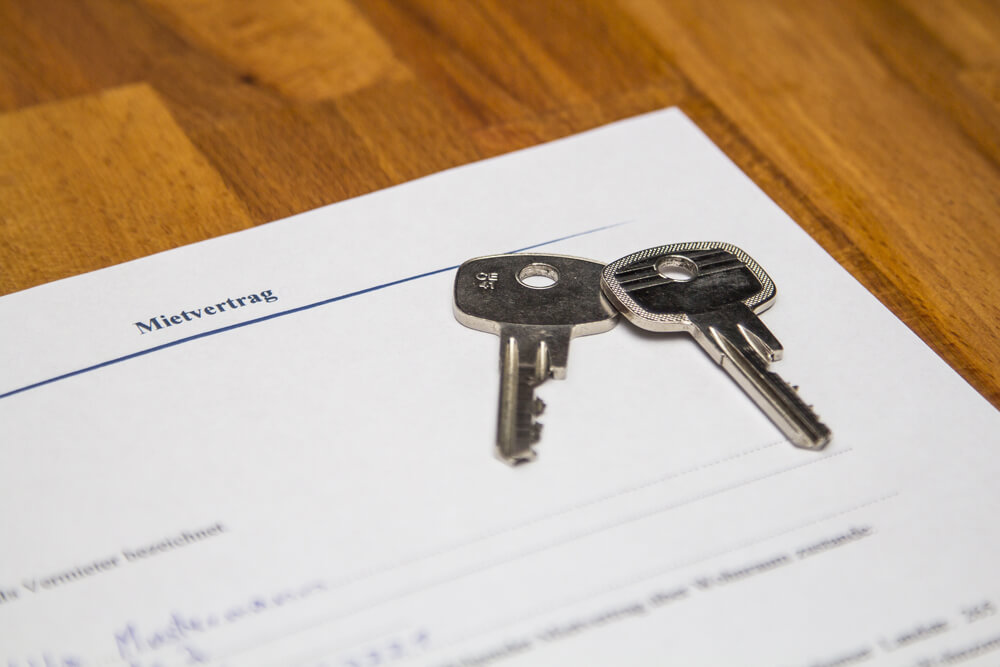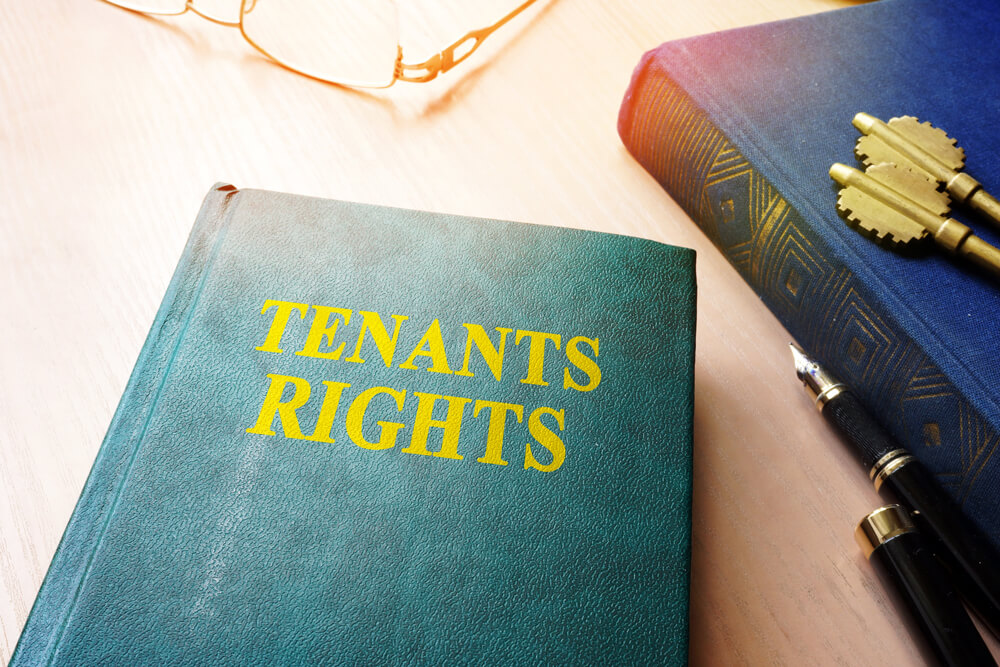
Fix Anything That Will Be a Safety or Health Issue
Cross checking and ensuring there are no damages that could potentially be a safety or health issue is important. Damages such as a broken window lock should be fixed. Other safety concerns you will want to take care of is checking if the smoke and carbon monoxide detectors are working properly. A health concerns to look out for is molds. Ensure there is also no lead-paint health concerns.
Having all of these things in order keeps your tenant from unnecessary health, and even life-endangering, issues.
Ensure the Property Has Been Cleaned
This is especially important if the apartment has been previously occupied by another tenant. You will want to make sure the apartment is cleaned, taking special care with areas such as the bathroom and kitchen. Even if the apartment has not been rented out before, you will still want to make sure it is clean and free of any debris. Use exterminating chemicals or an extermination service in the apartment to be sure it is free of bugs and termites, even if you don’t think there’s any need. It could potentially save you a lot of trouble.
Ensure the Electricity, Plumbing and Heat are Working Properly
A tenant needs all of these things to have a good quality of life in the apartment. Crosscheck and make sure the plumbing is not leaking or clogged, and that the electrical sockets are all working properly. Check the lights and heating in every room for any issues and have them fixed if there are.
Confirm the Tenant Understands the Lease Agreement
It is extremely important to go through the tenancy lease agreement with the tenant, and answer any questions they might have. When this is done, the landlord and tenant can then sign and date the document.
Have the Locks Changed
You will want to have all the locks changed if the apartment has been previously occupied. You don’t want a scenario where an old occupant still has the apartment keys when a new tenant moves in. This is for safety and liability prevention purposes.
Ensure Payment of First Month’s Rent and the Security Deposit
It is always advisable to collect the first month’s rent and a complete security deposit before a tenant moves in. This will save both of you from unnecessary confusion or misunderstandings later on.
Ensure the House Has Been Inspected
It is necessary to have the house inspected before the tenant moves in. if you’re in England or Wales, a health and safety inspector is required to do a Housing Health and Safety Rating System inspection before the tenant moves in. They will then certify the property safe for occupancy.
Provide Your Contact Information to the Tenant
This is necessary in the event the tenant wants to reach you to make a complaint, or ask any questions. Ensure the tenant knows they should only contact you during working hours, unless it’s a life threatening emergency.
Crosscheck the Move-In List
On the actual day the tenant is moving in, you should both crosscheck the move-in list. This list marks out the condition of the property before the tenant moves in. Every room detail should be described, and the document is then dated and signed by the tenant. This is needed for comparing the state of the property to when the tenant is about to move out.
Crosscheck Any Special Tenant Requests
Some tenants make special requests like the colour they want the apartment to be painted. Tenants with disabilities that require special service animals, like dogs, might have requests to accommodate their animal. Special requests should be included as a clause in the lease agreement.
Conclusion
Taking these steps will ensure a much better chance of a positive landlord-tenant relationship.




 POSTED BY
POSTED BY 

